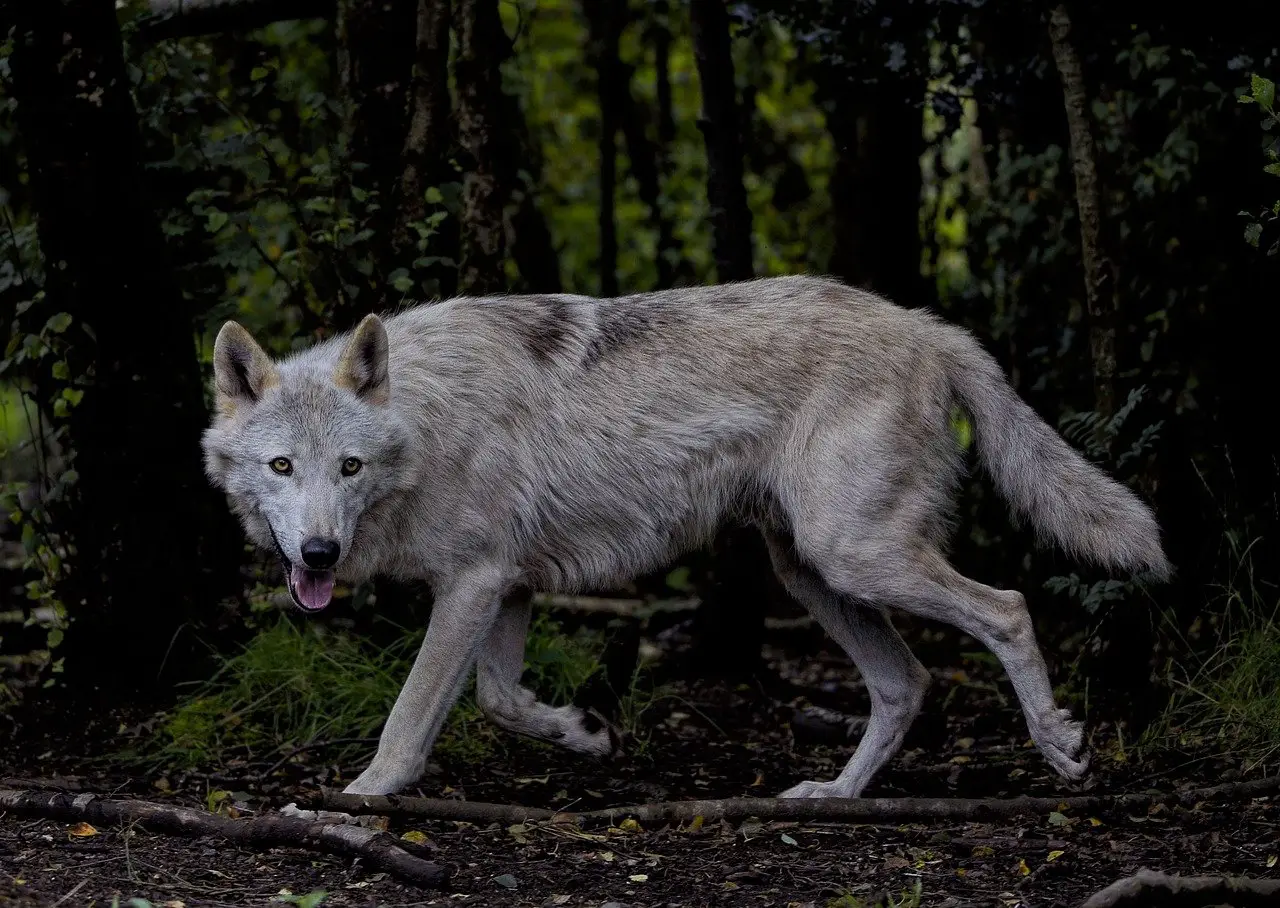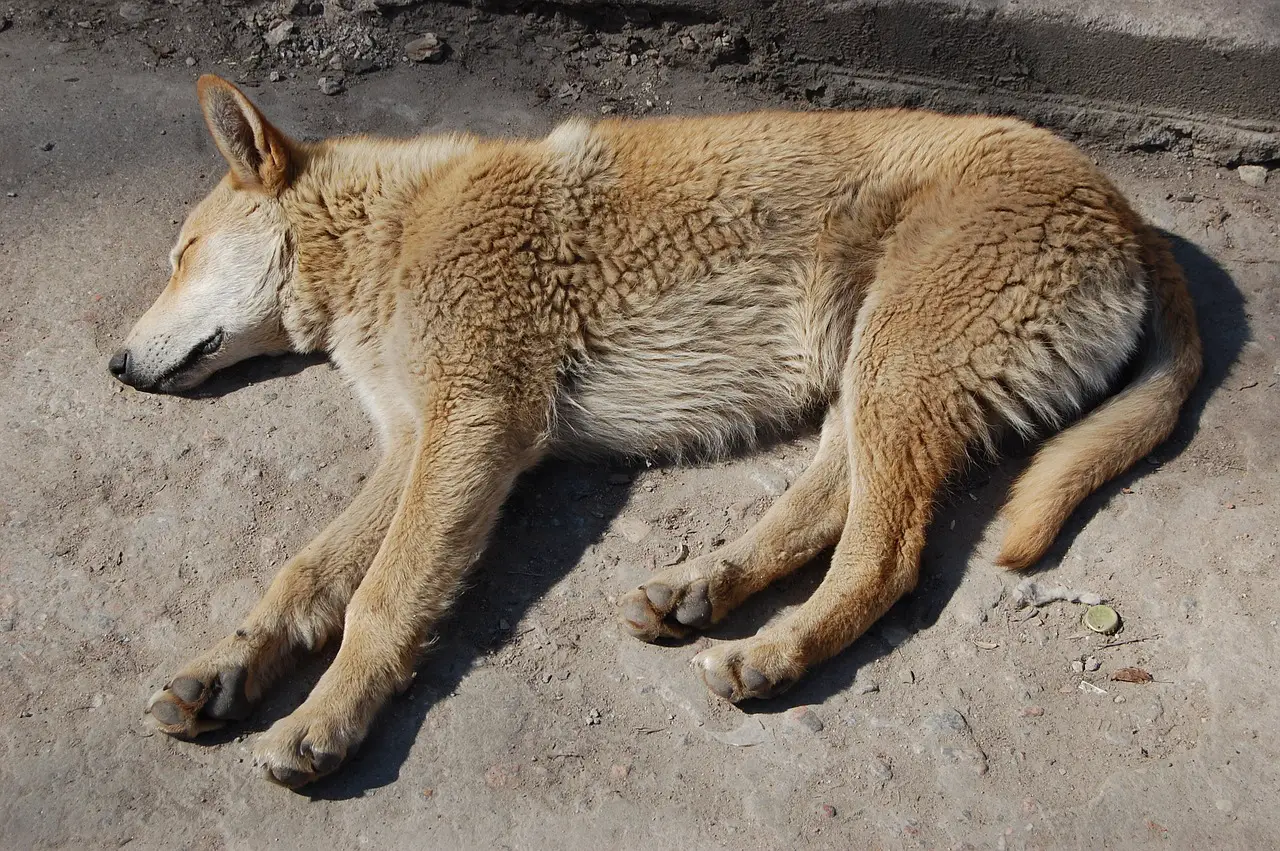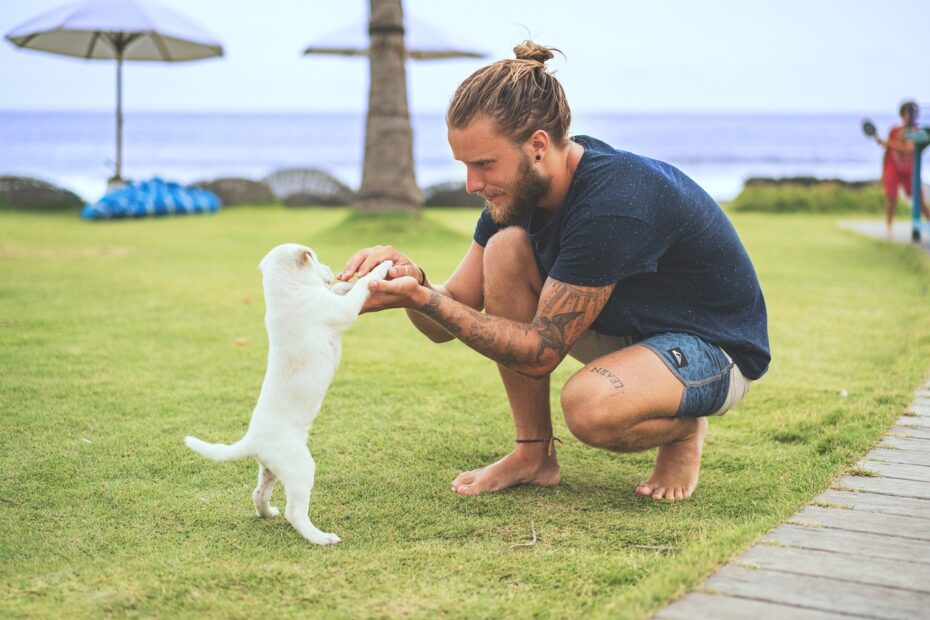Dogs, our loyal and beloved companions, have a history that stretches back tens of thousands of years. These remarkable animals have accompanied us through the ages, evolving from wild wolves into the diverse and cherished breeds we know today. In this blog, we’ll embark on a journey through time to explore the fascinating history of dogs, from their humble beginnings as wolf ancestors to their roles as our trusted friends and helpers.
You may also want to read about the best dog toys.
The History of Dogs: Dogs and Wolves
1. Early Domestication
The domestication of dogs is one of the earliest and most significant achievements in human history. Genetic studies suggest that dogs were domesticated from gray wolves between 20,000 and 40,000 years ago, although the exact timeline remains a subject of debate among researchers. Early humans likely formed mutually beneficial relationships with wolves, who helped with hunting and offered protection in exchange for food and shelter.

2. Diverse Origins
Dogs did not evolve from a single wolf population; instead, they emerged from various wolf populations around the world. This diversity in ancestral origins led to the vast array of dog breeds we see today.
Ancient Dogs: The Canine Companions of Early Civilizations
1. Egypt
In ancient Egypt, dogs held a revered status. They were associated with the god Anubis, who guided souls to the afterlife. The Pharaoh Hound, a breed known for its graceful appearance, has roots dating back to this time.
2. Greece and Rome
Ancient Greeks and Romans valued dogs for various purposes, including hunting and guarding. The Molossus, an ancient breed from Epirus, served as the foundation for the modern Mastiff breeds.
3. China
In ancient China, dogs were bred for specific roles, such as hunting and protection. The Pekingese, Shih Tzu, and Chow Chow are among the breeds with ancient Chinese origins.
Dogs in the Middle Ages: Companions and Workers
1. Europe
During the Middle Ages, dogs became valued companions of European nobility. Breeds like the Greyhound and the Beagle were favored for hunting, while smaller breeds like the Cavalier King Charles Spaniel were bred for their charming personalities.
2. Asia
In Asia, dogs played multifaceted roles, from herding livestock to guarding homes. The Akita Inu and the Shiba Inu, both Japanese breeds, have their roots in this era.

The Modern Era: Dogs as Companions and Working Partners
1. 19th Century
The 19th century marked a turning point for dogs, as they transitioned from primarily working animals to beloved companions. The emergence of dog shows and breed standards contributed to the classification and development of numerous breeds, including the iconic Labrador Retriever.
2. World Wars
Both World War I and World War II saw dogs serving alongside soldiers in various roles. They worked as messengers, sentries, and search and rescue dogs, showcasing their intelligence and unwavering loyalty on the battlefield.
Dogs in Popular Culture
1. Lassie
The character of Lassie, a Rough Collie, became an icon of loyalty and heroism through books, films, and television series. Lassie’s escapades highlighted the unique bond between dogs and humans.
2. Rin Tin Tin
Rin Tin Tin, a German Shepherd, rose to fame during the silent film era and became one of the most recognizable canine stars in Hollywood. His popularity helped elevate the status of German Shepherds in the United States.
3. Snoopy
Snoopy, the imaginative beagle from Charles M. Schulz’s Peanuts comic strip, captured the hearts of readers worldwide. His quirky personality and vivid daydreams showcased the endearing qualities of dogs.
Modern Dogs: From Breeds to Companions
1. Working Dogs
While many modern dogs are cherished as companions, they continue to excel in various working roles. Breeds like the Border Collie and the German Shepherd are celebrated for their intelligence and work ethic in herding and law enforcement.
2. Therapy Dogs
Therapy dogs provide emotional support and comfort in various settings, from hospitals to schools and disaster relief areas. Their gentle presence helps alleviate stress and promotes healing.
3. Service Dogs
Service dogs are specially trained to assist individuals with disabilities, such as guide dogs for the visually impaired or mobility assistance dogs for those with physical challenges. These dogs enhance the independence and quality of life for their human partners.
4. Companion Dogs
The majority of dogs in the modern era are cherished as beloved companions. Breeds of all sizes, temperaments, and energy levels cater to a wide range of lifestyles and preferences.
The Future of Dogs
The future holds exciting possibilities for dogs. Advances in veterinary care, genetics, and training techniques are enhancing our understanding of these remarkable animals. From improving their health and well-being to expanding their roles in therapy and assistance, dogs continue to play an essential part in our lives.
The Timeless Bond
Throughout history, the bond between humans and dogs has remained unwavering. Dogs have been our partners in hunting, guardians of our homes, and sources of unwavering loyalty and companionship. As we reflect on the rich history of dogs, let us also celebrate the bright future that lies ahead for these incredible animals. They will undoubtedly continue to fill our lives with love, joy, and devotion for generations to come.
